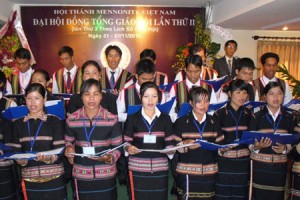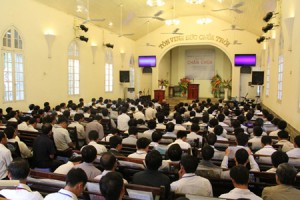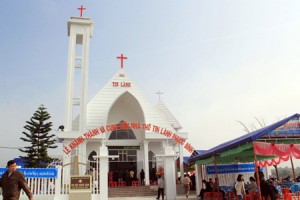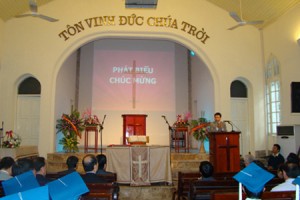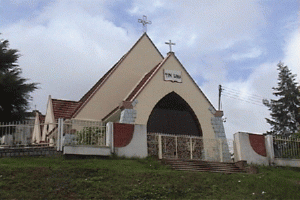Protestantism in Vietnam
Protestantism is called by different names in Vietnam religions and beliefs. When it was first introduced into Vietnam in the late nineteenth and early twentieth centuries, it was called The Phan (Protest) in North Vietnam according to the Chinese way, Gia To (which was also used for Catholicism since it also worships Jesus Christ) in Central Vietnam and Hoa Ky (the United States of America) in South Vietnam as Protestant missionaries spoke American English. In the early twentieth century, Protestants started to translate the Bible into Vietnamese to facilitate the spread of Protestantism. In this process, the Gospel was interpreted as Tin Lanh in comparison with Tin Mung as called by Catholics. Thus, Protestantism has been known as Tin Lanh by the Vietnamese since then. Protestantism consists of many organizations and sects, and its name is often put in front of its organizations and sects to differentiate them from Catholic equivalences. Based on the real situation and historical features of Protestantism in Vietnam, Protestantism is mentioned in this book with four main distinctions as follows: first, the Vietnam General Confederation of Evangelical Churches – originating from the Christian and Missionary Alliance (CMA); second, Protestantism among the Vietnamese ethnic minorities in the Central Highlands; third, Protestantism among the Vietnamese ethnic minorities in the Northern Highlands; and fourth, other Protestant organizations and sects in Vietnam before 1975 and at present.

